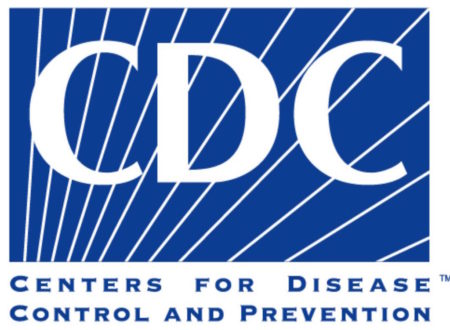Lettuce E. coli Outbreak May be Spreading to the US from Canada
 The CDC (Centers for Disease Control and Prevention) says preliminary test results from an E. coli outbreak in the U.S. shows a common source of infection with an outbreak in Canada that was linked to romaine lettuce.
The CDC (Centers for Disease Control and Prevention) says preliminary test results from an E. coli outbreak in the U.S. shows a common source of infection with an outbreak in Canada that was linked to romaine lettuce.
The CDC is investigating a multistate outbreak of Shiga toxin-producing E. coli o157:H7 infections (STEC O157:H7) in 13 states. Seventeen illnesses have been reported from California (3), Connecticut (2), Illinois (1), Indiana (1), Michigan (1), Nebraska (1), New Hampshire (2), New York (1), Ohio (1), Pennsylvania (1), Virginia (1), Vermont (1) and Washington (1). Illnesses started on dates from November 15 through December 8, 2017.
The Public Health Agency of Canada (PHAC) has established romaine lettuce as the source of the outbreak and advised consumers in affected areas to avoid romaine lettuce. However, the current CDC’s notice of Dec. 28 said a definite source had not been found, and it is “unable to recommend whether U.S. residents should avoid a particular food.”
In Canada, there are currently 41 cases of E. coli O157 illness under investigation in five eastern provinces: Ontario (8), Quebec (14), New Brunswick (5), Nova Scotia (1), and Newfoundland and Labrador (13). Individuals became sick in November and early December 2017. Seventeen individuals have been hospitalized. One individual has died. Individuals who became ill are between the ages of 3 and 85 years of age. The majority of cases (73%) are female.
Canadian retailer Sobeys, which has about 1,500 stores under numerous names, announced Dec. 22 it had pulled all romaine products from shelves as a cautionary measure. Media reports said the retailer pulled more than 300 romaine products.

The CDC is performing whole genome sequencing on samples of bacteria making people sick, from the U.S. cases to obtain information about the possible relationship between the US cases and the Canadian outbreak. The preliminary testing results “show the type of E. coli making people sick in both countries is closely related genetically, meaning the ill people are more likely to share a common source of infection.”
Illness onset dates in the U.S. range from Nov. 15 to Dec. 8. In Canada, the Public Health Agency of Canada reports illnesses started in November and ended in early December. The Canadian agency added one more case on Dec. 28, bringing the total to 41 illnesses from five eastern provinces. One person has died as a result of the E. coli outbreak, according to the agency.
In the U.S., state and local health officials are interviewing sick people to document what they consumed before the outbreak began. That process is ongoing, and interviews focus on all foods, not just romaine and other leafy greens, according to the CDC.
State and local authorities are interviewing sick people to see what they ate in the week before they became ill. Because a source of the US infections hasn’t been identified, the CDC said it is unable to recommend if US residents should avoid a particular food. “This investigation is ongoing, and more information will be released as it becomes available,” the CDC press release said.
